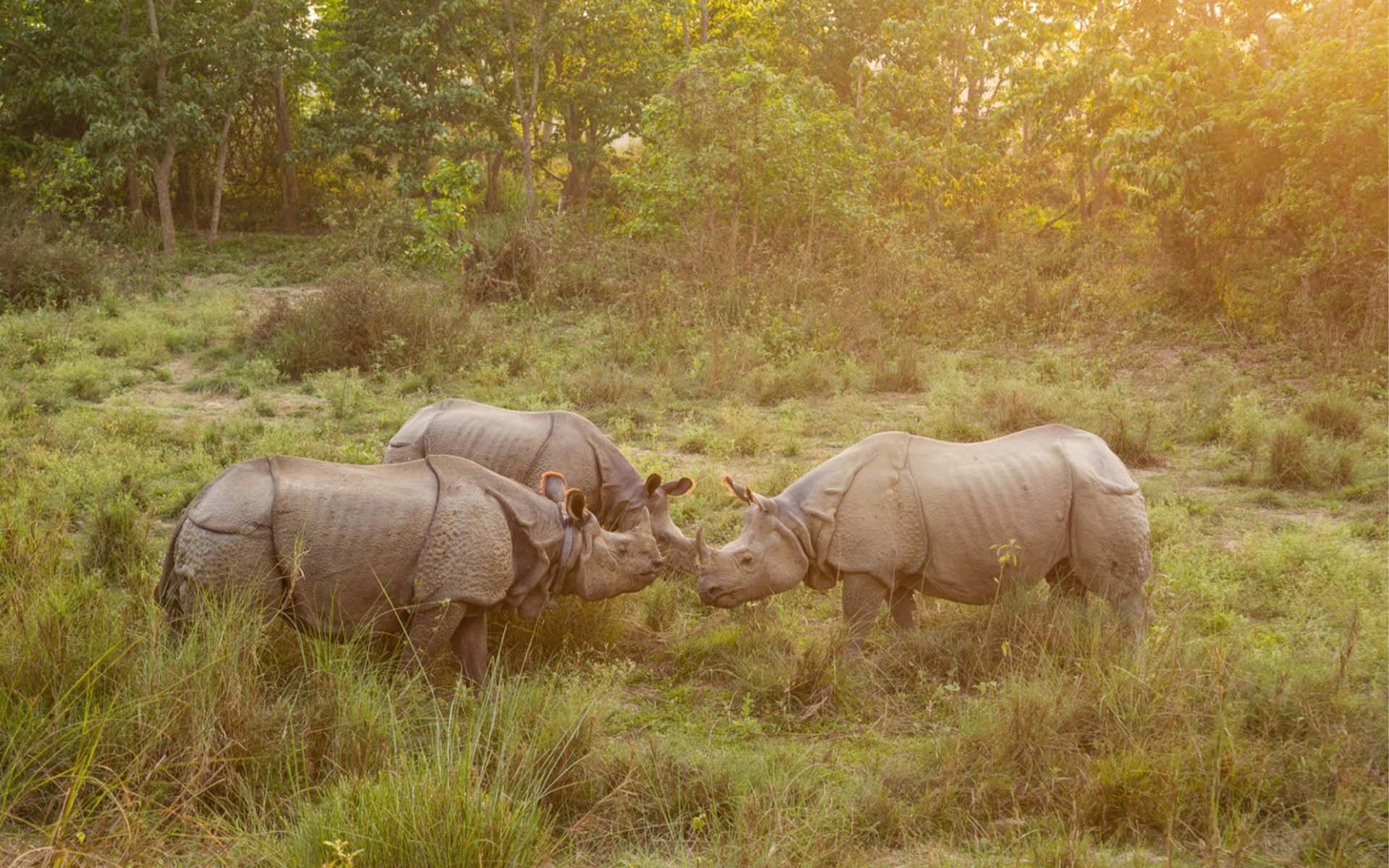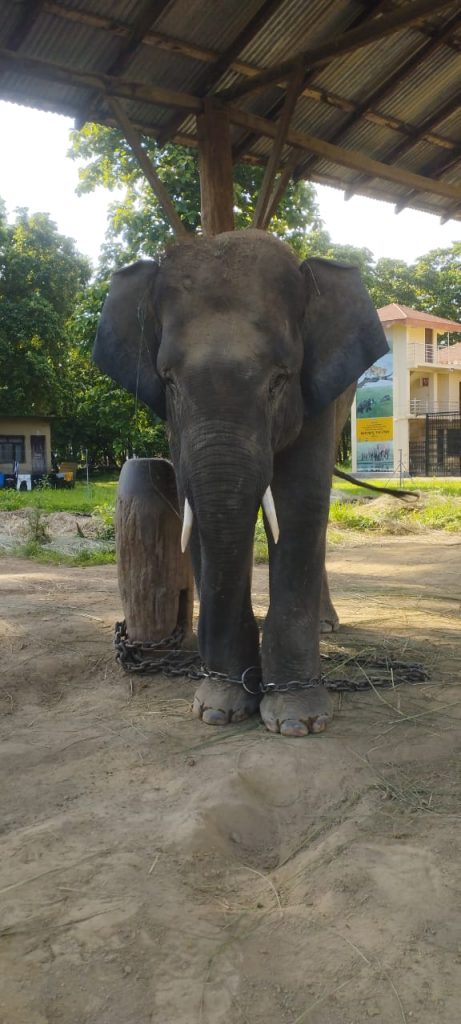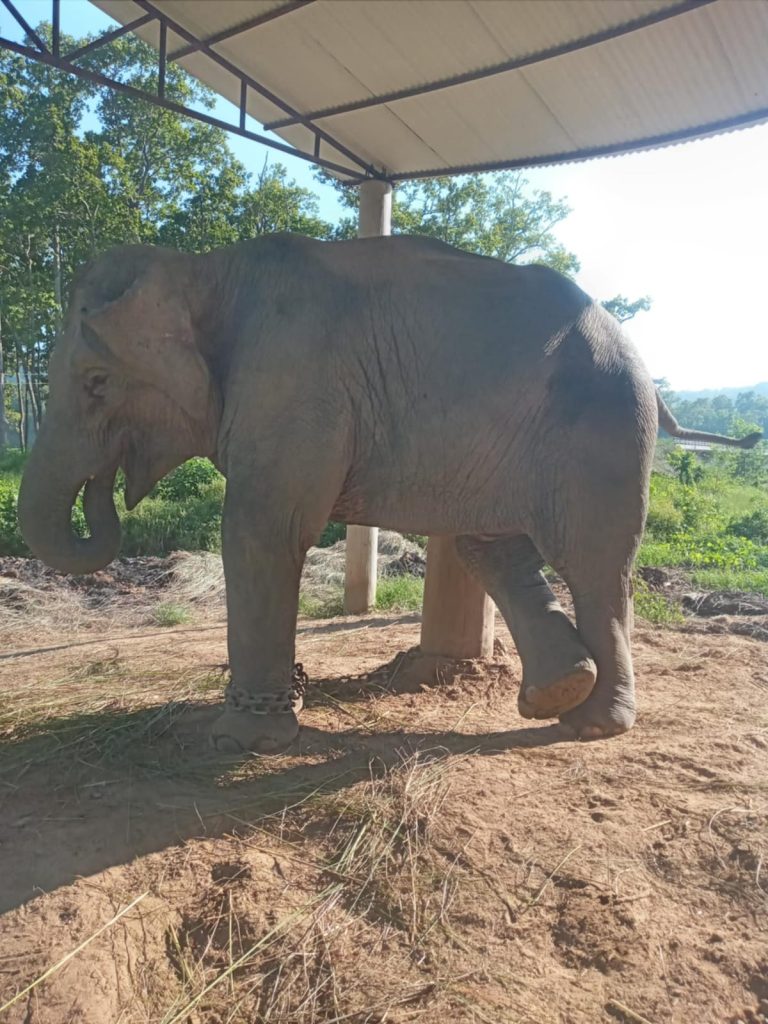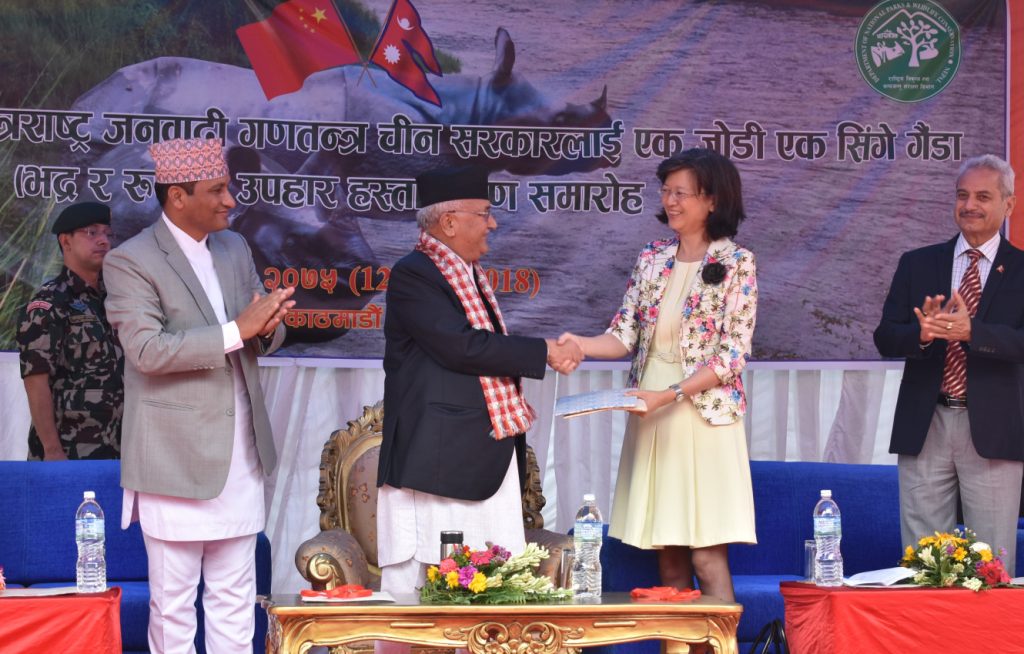
Nepal’s wildlife diplomacy has taken a new turn with the decision to gift two elephants – Khagendra Prasad and Rudrakali – to Qatar. This will mark the first time Nepal has gifted elephants to another country. In the past, Nepal has gifted rhinos, leopards, red pandas, and other wild species.
Nepal continued its tradition of wildlife diplomacy during K.P. Sharma Oli’s first term as Prime Minister. On July 10, 2016, his cabinet decided to gift rhinos to China, making it the first live animal gift since Nepal became a federal democratic republic. Previously, such gestures were mostly made by the Royal family during the monarchy. The decision followed a meeting in January 2016 between then Forest Minister Agni Sapkota and Zhang Jianlong, Director of China’s National Forestry Administration. Nepal gifted two pairs of rhinos to China in 2018. However, one died after the transfer. Later, Prime Minister Pushpa Kamal Dahal decided to gift another pair of rhinos. Some media sources suggest that in return, China agreed to help Nepal construct the Suryabinayak Zoo in Bhaktapur, though this has not been officially confirmed.
The latest decision to gift a pair of elephants stems from a commitment made by former President Bidhya Devi Bhandari to the Emir of Qatar during her four-day state visit in November 2018. The elephants selected – Khagendra Prasad (male) and Rudrakali (female) – were identified by a technical team formed by the Department of National Parks and Wildlife Conservation (DNPWC). Both were born and raised at the Elephant Breeding Center (EBC) in Sauraha, Chitwan, and are the offspring of Ronaldo, a notorious tusker involved in human-elephant conflict in Chitwan for over a decade.


Established in 1985 at Chitwan National Park, EBC was created to boost elephant populations through breeding, support scientific research, and assist in forest patrols. Initially, the center had six males and 14 females brought from India, Thailand, and Myanmar. According to Manipuran Chaudhary, who oversees elephant management at EBC, the center now has 58 elephants, including 12 calves.
Transporting elephants internationally is a complex and risky task. It requires specialized enclosures, experienced wildlife technicians, veterinarians, trained mahouts, and a skilled field team. The elephants must be transported from Chitwan to the international airport before being flown to Qatar. Interestingly, it will take less time to fly them to Qatar than to move them from Chitwan to the airport.
The tradition of wildlife diplomacy in Nepal dates back to the Rana regime in the mid-1800s, when it was customary to host Western elites and royals for big game hunting in the Tarai. After the fall of the Rana regime, the practice of gifting wild animals became more common.
Since the 1950s, Nepal has gifted over 50 wild animals to various countries. These include gharial and mugger crocodile eggs to Japan, six rhinos to the US, four each to China and India, and two each to the UK, Japan, Thailand, Austria, Germany, and Singapore.
In return, Nepal has received elephants, lions, zebras, chimpanzees, kangaroos, bears, Chinese alligators, and other exotic species. All such exchanges occurred during the monarchy, before the federal democratic republic was established in 2008.
This shift is likely due to evolving international conventions and animal protection laws. In Nepal, wildlife exchanges are governed by the National Parks and Wildlife Conservation Rules, 1973 (amended in 2019), which allow the gifting of wild animals. In 2006, Nepal’s last crown prince, Paras Bikram Shah, gifted a pair of rhinos to the Vienna Zoo.

Elephant diplomacy is gaining traction in South and Southeast Asia. In 2025, Myanmar gifted five female and one male elephant to Russia as a symbol of strengthening ties between the two nations. These elephants were reportedly gifted in return for six fighter jets that Russia had gifted to Myanmar. In 2010, Sri Lanka gifted two elephants to South Korea. Sri Lanka has gifted more than 35 elephants to countries like New Zealand, Canada, USA, etc.
Thailand, Cambodia, Vietnam, Myanmar, and India are also active practitioners of elephant diplomacy. This symbolic exchange of wild animals reflects each country’s soft power signalling greater political ties.
Elephants are listed as endangered on the IUCN Red List. In Nepal, they are protected under Schedule I of the National Parks and Wildlife Conservation Act (1973) and are included in Appendix I of the Convention on International Trade in Endangered Species of Wild Fauna and Flora (CITES). Appendix I species are threatened with extinction, and their trade is strictly regulated. Both import and export permits are required, and the exporting country must confirm that the transfer will not harm the species and that the recipient has the capacity to care for the animals. The exchange must also be non-commercial.
Emeritus Professor Thomas R. Trautmann of the University of Michigan, in his book Elephants and Kings: An Environmental History, explains the deep historical relationship between rulers and elephants. According to Trautmann, elephants have long served as emblems of power and eminence and were used in royal sacrifices, grand hunts, military campaigns and public displays. He further argues that royal fascination with elephants indirectly contributed to the preservation of their habitats and population in the Indian subcontinent.
As Nepal prepares to gift elephants to a Gulf nation for the first time, it should strategically lobby for investment in its conservation sector from Qatar. Back in 1998, Nepal had gifted two leopard cubs to Malaysia, presented a pelt and skull of gaur and tiger, skull and hide of sambar deer and sloth bear, and skin and feathers of a peacock to Prince Khalid Bin Sultan Bin Abdulaziz of Saudi Arabia. As thousands of Nepali immigrant workers are employed in these countries, this form of wildlife diplomacy should be used as an opportunity to strengthen bilateral ties and secure much-needed support for Nepal’s economic development and biodiversity conservation efforts.
With its strong biodiversity conservation investment and output, Nepal can position itself as a regional leader in conservation diplomacy, using wildlife exchanges to advocate for long-term partnerships, capacity-building programs, and joint investment in protected areas, ecotourism and wildlife-friendly linear infrastructure. Gifting wild animals is more than a ceremonial gesture. It is a reminder that Nepal holds significant biological wealth. If planned and leveraged wisely, the new ‘Elephant Diplomacy’ could become a proven and powerful tool to attract new interests and investments, for Nepal’s long-term developmental goals at a global scale.